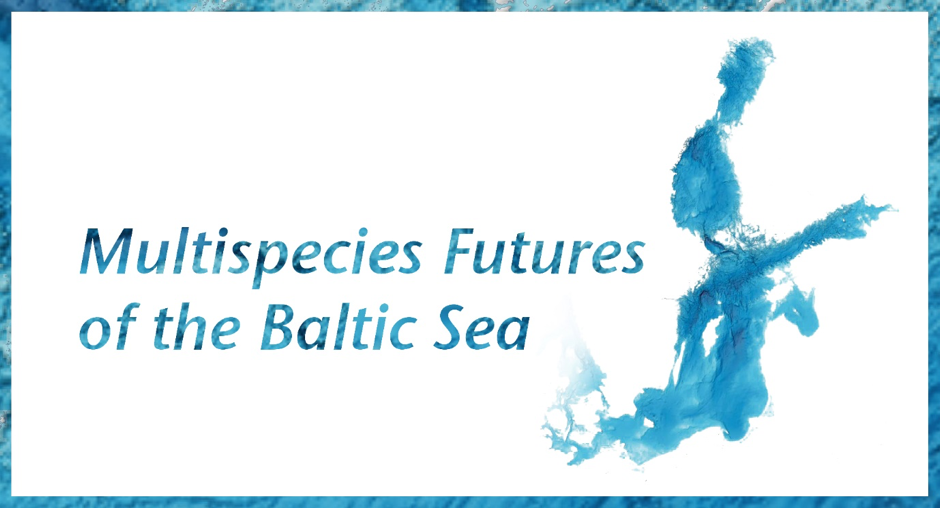Multispecies Futures of the Baltic Sea
This integrative arts and science project addresses multispecies ecologies of the Baltic Sea as critical to the Nordic Region in the present times of environmental urgency. Combining expertise across life sciences, environmental engineering, natural history, arts and humanities, the project investigates threatened biodiversity, invasive species and marine ecologies, pollution and toxic waste, and other human-induced or nonhuman transformations of the deep time pasts, complex presents, and multispecies futures of the Baltic Sea.


This inland sea harbors one of the largest ‘death zones’ in the world through eutrophication, few endemic species, and tons of military toxic waste, but also fertile seagrass meadows that are important coastal habitat with a great potential to mitigate climate change (as CO2-sink) and sea bed rock that bears clues to previous mass extinction events and environmental adaptations.
The Baltic Sea connects people to marine life and to deep geological pasts that might provide testing grounds for futures of ecological survival. Such issues demand interdisciplinary, integrative and communicative approaches that enliven and expand present frames of mind, and solicit ethical response to such marine human and more-than-human worlds. By employing innovative sets of methodologies (e.g. field philosophy, microenvironmental landscape ecology, statistic modelling), this project contributes new knowledge to changing Nordic perceptions by placing people firmly in the environmental context and nonhumans in an ethical context. In order to deepen ecological insights, stimulate cultural imagination, and invite ethical response to the multispecies futures of the Baltic Sea, this project generates new knowledge on relations of diversity and ecology amongst humans and nonhumans.
Envisioned are three major ‘Research Tasks’:
Principal investigator (Pi): Cecilia Åsberg
Research team: Cecilia Åsberg (KTH), Janna Holmstedt (KTH), Marietta Radomska (Helsinki University, Linköping University), Fredrik Gröndahl (SEED, KTH), Björn Kröger (Helsinki University), and Michael Kuhl (University of Copenhagen)
